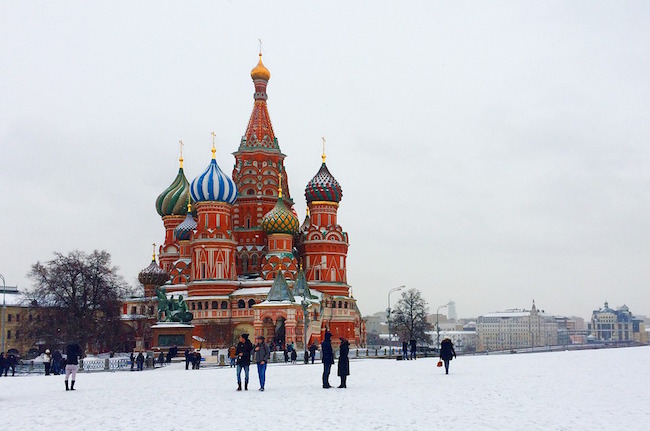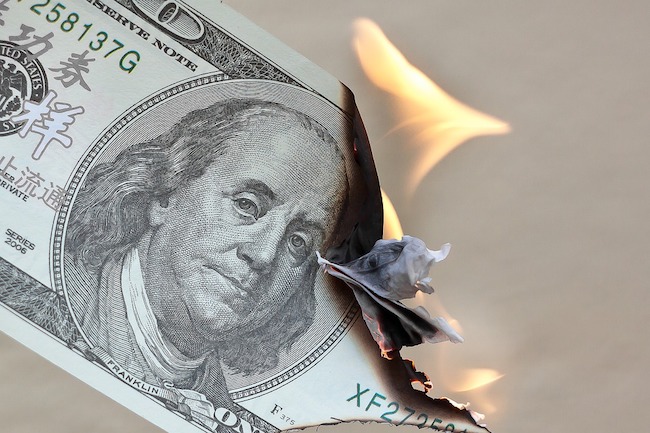How the Ukrainian Nationalist Movement Post-WWII was Bought and Paid for by the CIA by Cynthia Chung for Strategic-Culture
The birth of Ukrainian Nationalism as it is celebrated today has its origins in the 20th century. However, there are a few important historical highlights that should be known beforehand.
In part 1 of this series Fact Checking the Fact Checkers, the question was posed “why does Ukraine seem to have so many Nazis nowadays?” In that paper we were led to the further question “is the United States and possibly NATO involved in the funding, training and political support of neo-Nazism in Ukraine and if so, for what purpose?” It was concluded that in order to answer such questions fully, we would have to look at the historical root of Ukrainian nationalism and its relationship with U.S. Intelligence and NATO post-WWII. It is here that we will resume.
The Historical Roots of Ukrainian Nationalism
The birth of Ukrainian Nationalism as it is celebrated today has its origins in the 20th century. However, there are a few important historical highlights that should be known beforehand.
Kievan Rus’ was a federation in Eastern-Northern Europe from the late 9th to the mid-13th century and was made up of a variety of peoples including East Slavic, Baltic and Finnic, and was ruled by the Rurik dynasty.
MAP
Today’s Belarus, Russia and Ukraine all recognize the people of Kievan Rus’ as their cultural ancestors.
Kievan Rus’ would fall during the Mongol invasion of the 1240s, however, different branches of the Rurik dynasty would continue to rule parts of Rus’ under the Kingdom of Galicia-Volhynia (modern-day Ukraine and Belarus), the Novgorod Republic (overlapping with modern-day Finland and Russia) and Vladimir-Suzdal (regarded as the cradle of the Great Russian language and nationality which evolved into the Grand Duchy of Moscow).
The Kingdom of Galicia-Volhynia was under the vassalage of the Golden Horde during the 14th century, which was originally a Mongol and later Turkicized khanate originating as the northwestern section of the Mongol Empire.
After the poisoning of Yuri II Boleslav, King of Galicia-Volhynia in 1340, civil war ensued along with a power struggle for control over the region between Lithuania, Poland and its ally Hungary. Several wars would be fought from 1340-1392 known as the Galicia-Volhynia wars.
In 1349, the Kingdom of Galicia-Volhynia was conquered and incorporated into Poland.
In 1569 the Union of Lublin took place, joining the Kingdom of Poland and the Grand Duchy of Lithuania forming the Polish-Lithuanian Commonwealth which ruled as a large and major power for over 200 years.




